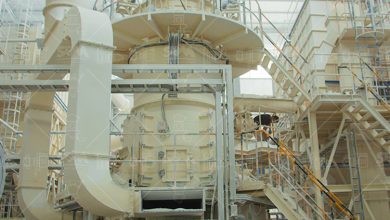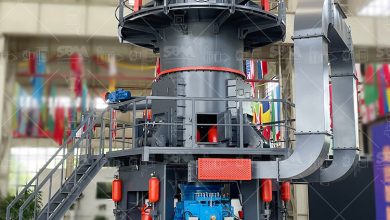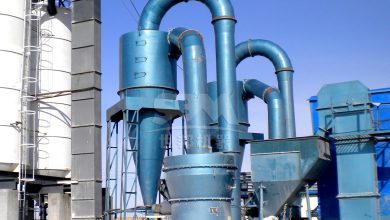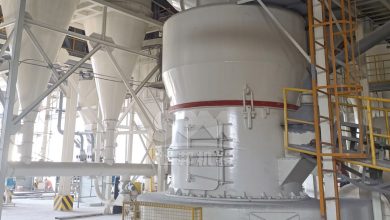How to Adjust Airflow in a Grinding Mill for Optimal Performance
Introduction
Proper airflow adjustment is critical for achieving optimal performance in grinding mills. It directly impacts particle size distribution, energy efficiency, and equipment longevity. This technical guide explores airflow optimization strategies with a focus on industrial grinding applications.
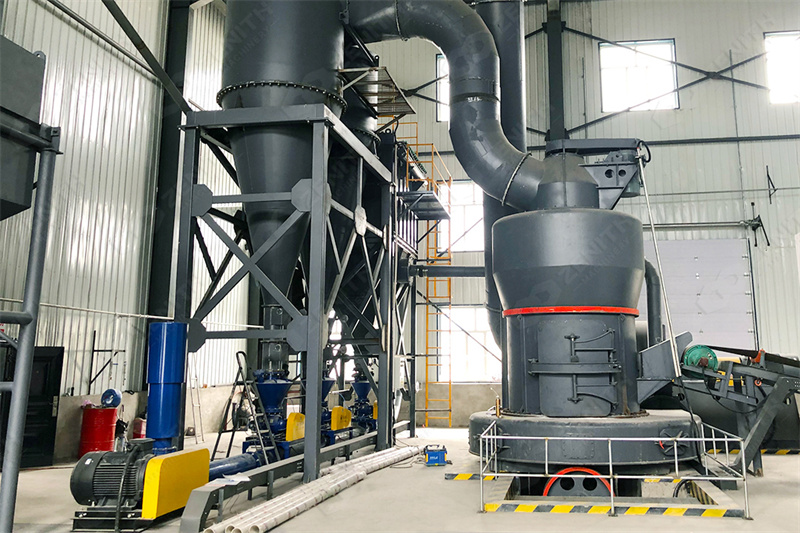
Fundamentals of Mill Airflow
Grinding mill airflow serves three primary functions:
- Transporting ground material through the classification system
- Controlling heat dissipation during the grinding process
- Maintaining optimal particle suspension for efficient separation
Key Adjustment Parameters
1. Air Volume Control
The volumetric flow rate should be adjusted according to:
- Material characteristics (density, moisture content)
- Target particle size distribution
- Mill capacity requirements
For operations requiring ultra-fine grinding (325-2500 mesh), we recommend our XZM Ultrafine Mill series featuring intelligent airflow control with automatic feedback mechanisms. The vertical turbine classifier ensures precise particle separation while maintaining energy efficiency 30% better than conventional mills.
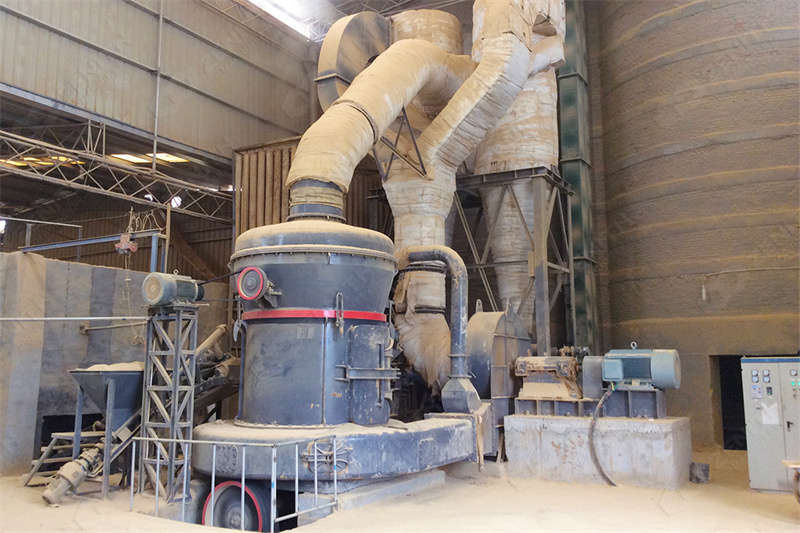
2. Velocity Optimization
Critical velocity thresholds vary by application:
| Material Type | Optimal Air Velocity (m/s) |
|---|---|
| Limestone | 18-22 |
| Quartz | 20-24 |
| Coal | 16-20 |
Practical Adjustment Methods
Mechanical Adjustments
For mills like our MTW Series Trapezium Mill, utilize the curved air duct design that reduces energy loss by 15% compared to conventional designs. Key adjustment points include:
- Damper position optimization
- Fan speed regulation
- Classifier rotor speed synchronization
Automated Control Systems
Modern mills incorporate PLC-based controls that automatically adjust:
- Air-to-material ratio
- Differential pressure
- Temperature gradients
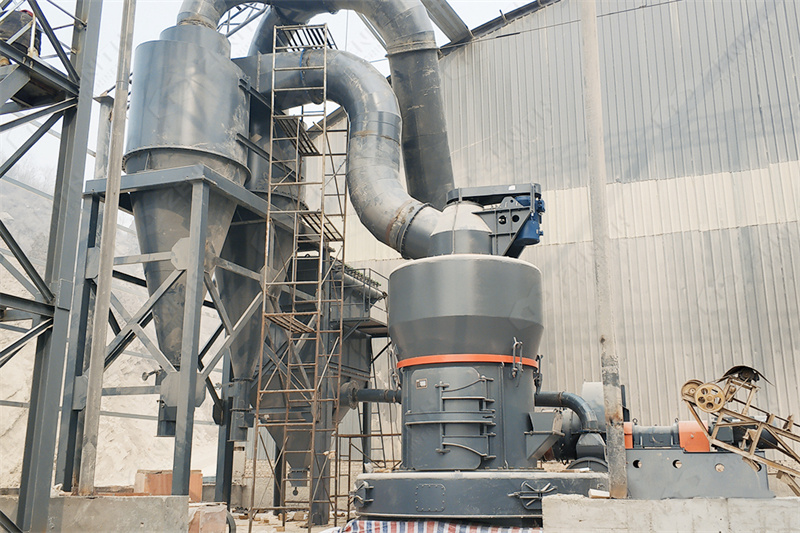
Troubleshooting Common Airflow Issues
Symptom: Excessive Fines in Coarse Fraction
Possible solutions:
- Increase primary air volume by 5-10%
- Check classifier blade wear
- Verify mill pressure differential
Symptom: Material Build-up in Mill
Recommended actions:
- Increase air velocity by adjusting fan RPM
- Inspect air inlet for obstructions
- Verify material feed rate matches mill capacity
Advanced Optimization Techniques
For large-scale operations, our LM Series Vertical Roller Mills incorporate:
- Dynamic air flow modeling
- Multi-point temperature monitoring
- AI-based predictive adjustment algorithms
These systems maintain optimal airflow conditions while reducing energy consumption by up to 40% compared to traditional ball mill systems.
Conclusion
Precise airflow control represents one of the most effective ways to improve grinding mill performance. By combining mechanical adjustments with modern control systems, operators can achieve:
- 15-30% higher production rates
- 20-40% energy savings
- More consistent product quality
ZENITH’s grinding solutions incorporate three decades of airflow optimization experience across thousands of installations worldwide. Our engineering team provides customized airflow analysis and adjustment recommendations for each specific application.


